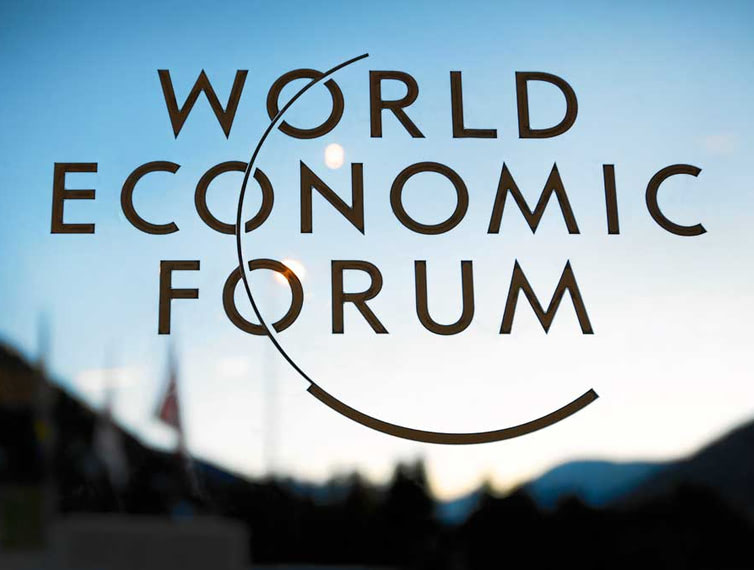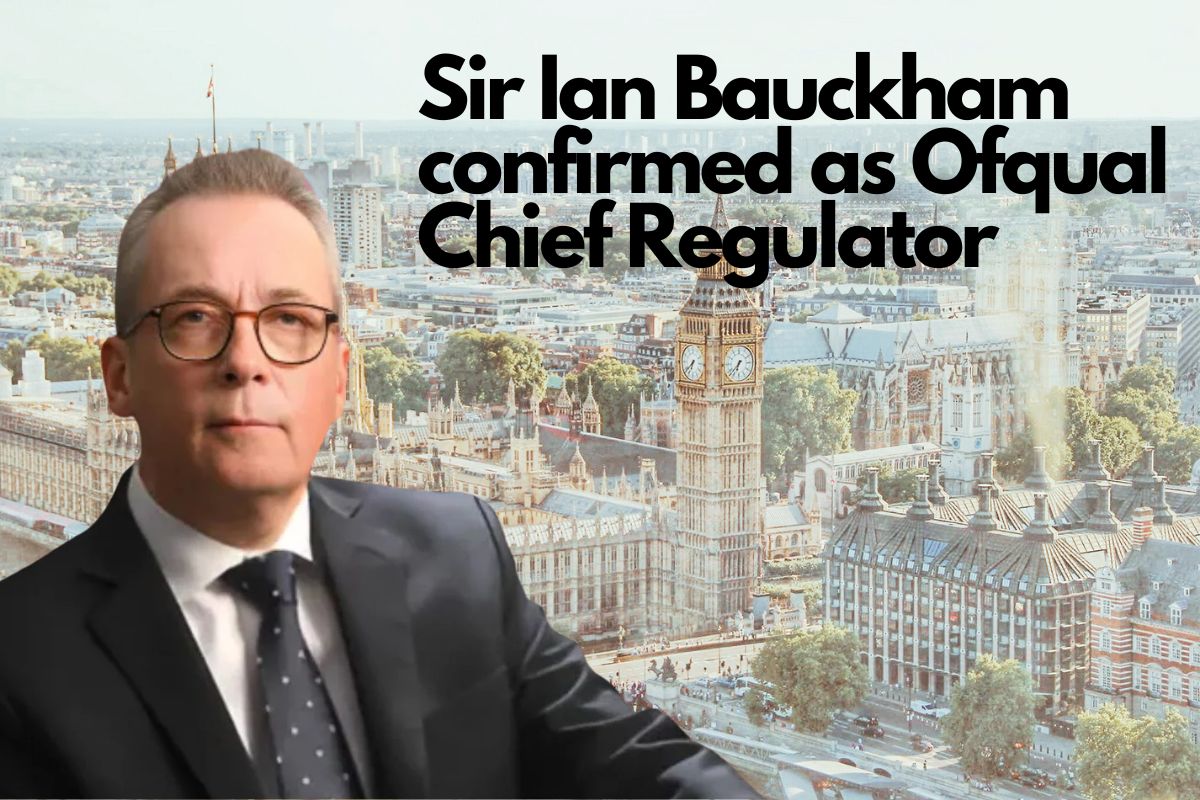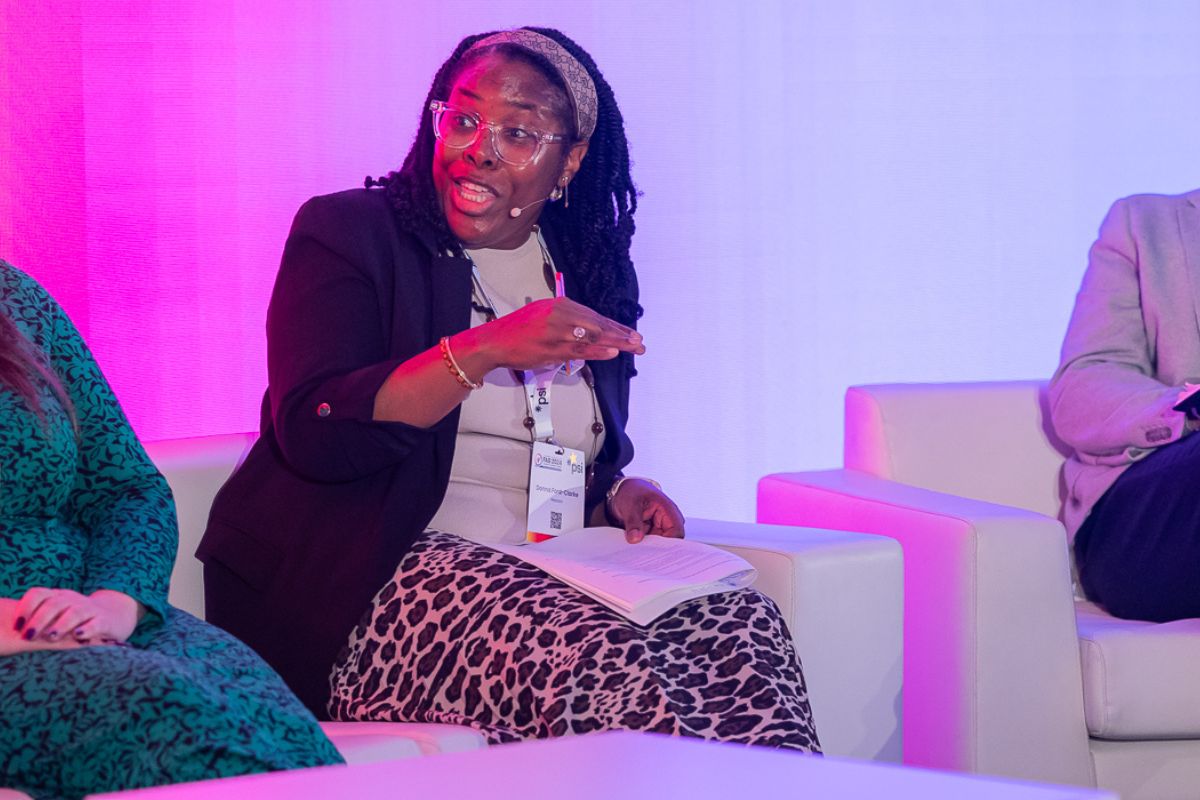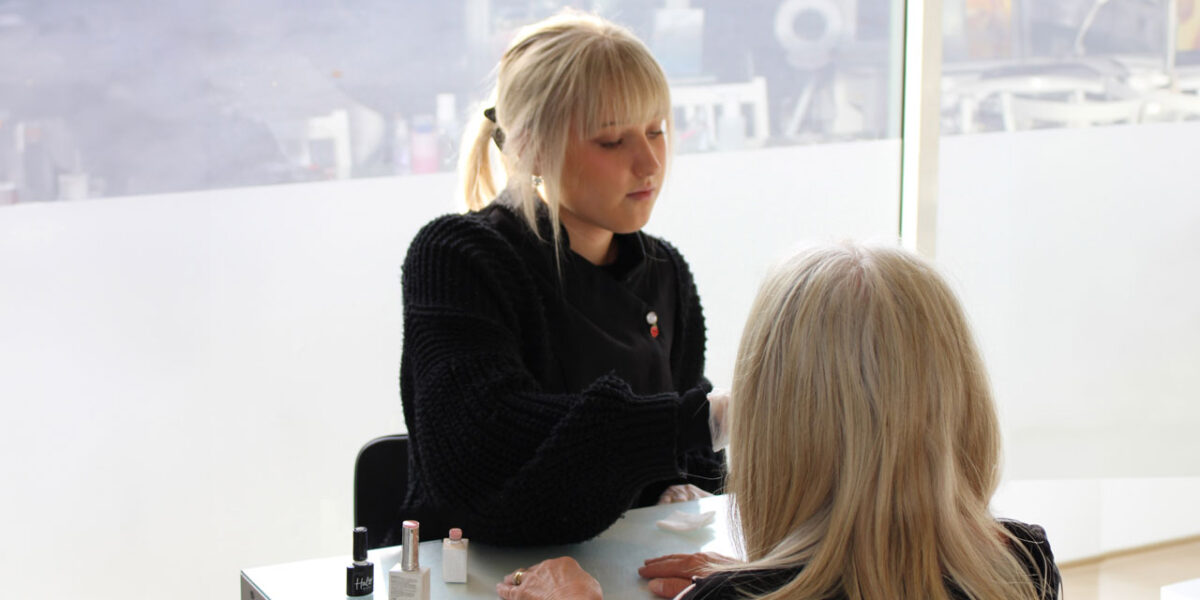Five ways to increase gender parity

The role of women in Middle Eastern workplaces and governments is changing
Those in the West who haven’t had first-hand experience working in the Middle East might find these developments surprising given the region’s seemingly divergent attitudes and laws regarding gender parity. But because of the commercial imperative for diversity, there is a visible appetite for change.
Companies in the top quartile for gender diversity are 21% more likely to experience above-average growth than competitors in the fourth quartile, according to compelling research from McKinsey. The guidance is clear: increasing gender diversity is a simple step towards better decisions and greater corporate growth. This empirical evidence, often revalidated, has led to an increasing concern in the Middle East and elsewhere that companies that do not embrace its findings, especially in changing economic times, will fall behind on performance and fail to attract top talent.
So it is unsurprising that today nine of the members of United Arab Emirates President Sheikh Khalifa’s cabinet are women, and around a third of start-ups in the UAE are run by women. While the growing visibility of women in politics is yet to translate into equality legislation, there is a strong push for change from the bottom up. Despite this momentum, the culture of the Middle East is not quite at the same stage as the London insurance industry was when I first joined the latter 20 years ago, but there are analogies and lessons to be drawn.
Twenty years ago, insurance in London was largely dominated by men. Discussions about recruitment or promotions often took place in the pub or at social events when people were tapped on the shoulder for a role. Leaders were men and tended to recruit in their own image from the pool around them. So when it came time for a promotion or when a significant role opened up, there may have been highly qualified women, but they simply weren’t on leaders’ radar screens.
In the Middle East, where gender segregation is sometimes culturally commonplace, it can lead to similar consequences. This is why the increased number of women now in leadership roles in businesses operating in the Middle East paves the way for promoting the advancement of women, and helps unlock a broader pool of applicants for roles.
Learning from what has worked elsewhere and building on the groundswell of support for change, what can leaders do to help promote gender parity in the Middle East, absent legislative intervention? Here I’ll cover five pragmatic steps that all companies can take in the short term to help ensure that diversity is not simply another corporate buzzword, but becomes embedded within the DNA of an organization.
Five ways to increase gender parity
1. Keep it simple and don’t entertain excuses for delay
Start with the “why” in communicating the commercial imperative for change, and don’t let perfection be the enemy of the good. Some may say they haven’t the proof of the need for diversity in their organization, but just look at the evidence. Others have done that research for us. Some may use excuses like, “you can’t measure gender diversity because the data isn’t available”, but you don’t need data to see if your leaders are male or female. That’s the great thing about gender diversity – it’s obvious whether you have it or not. Don’t allow people to make excuses for not being able to start moving the dial.
2. Build your pipeline
You need to have a diverse range of people entering your organization to build diversity within it, and you also need to retain the women who are there. Make sure your training and development is relevant and available to all, and be aware that flexible and agile work environments help ensure that the pipeline you’ve built is not eroded when women have children.
3. Ensure you have diverse slates of applicants and diverse interview panels
The most simple and cost-effective way to build diversity is to make sure you have a diverse slate of people when selecting people for promotion, especially into senior roles, or recruiting applicants from outside. Take time to find a suitably qualified pool of applicants and if the pipeline doesn’t yet exist, don’t be afraid to look outside your organization. And ensure that the selection panel is in itself diverse. Diverse selection panels encourage debate and minimize the impact of both unconscious bias and the risk of a sole decision-maker recruiting in their own image.
4. Look at your teams
Remember to think about the teams into which you place people. You need diversity of thought for good decision-making, so it’s not just about recruiting women. The benefits of gender parity work both ways. There might be little point putting a woman on an all-female team. You may need a man to broaden perspectives.
5. Commit to mentoring and sponsoring women (and men) with high potential
As leaders and role models, we all have valuable life lessons to share and guidance to give that can help shape our future leaders, but it takes time and commitment. Counselling and showcasing best practices and behaviours (mentoring) and sponsoring young talent for stretch assignments or roles is more valuable than any costly external coaching or training, though these too have their place.
The research is out there – diversity makes sound commercial sense. If we deploy these simple tactics, we can all help move the dial.
Pamela Thomson-Hall, Chief Executive Officer, Central and Eastern Europe, Middle East and Africa, Willis Towers Watson
How women in MENA are taking on the status quo – and winning
People all across the MENA region take pride in their culture and the values they have inherited from older generations. Perhaps the most defining characteristic of Arab society is the close-knit family ties that shape every aspect of people’s lives – these have fostered a society that is extremely community-oriented.
But for women in MENA, this dynamic is much more complex. Being part of a conservative and collective culture means that in many cases women are expected to adhere to the outdated stereotype of the traditional Arabian woman; merely adapting to fit the changing roles they are meant to assume as they grow older.
As a child she is expected to be obedient and well-behaved – she learns that she should be soft-spoken around people, and that she should always dress conservatively. She also learns about taboos such as mixing with males in the workplace or in public. These restrictions guide her through life, all the way to adulthood until she becomes old enough to fulfill her ultimate goal in life: starting a family.
This is especially true in the case of older generations who grew up at a time when it was more difficult to challenge the status-quo, which exists to this day in more rural and conservative societies in which traditions are extremely revered. As a result, many have embraced this way of life with ironclad determination to offer their families the best life possible. Ultimately, her household becomes her kingdom and her influence in matters of the home is unparalleled.
But the women of younger generations want more. They have grown frustrated with the double standards that prevail. They watch the men in their lives live differently; they make their own life decisions and have the freedoms these women yearn for. Men can travel alone, stay out late, excel professionally—and today’s women believe it is time that they have the same opportunities.
And so now more than ever, the region’s younger women are fighting traditional notions with the help of an older generation who want their daughters to enjoy freedoms that were not afforded to them at that age.
Her influence is moving beyond the household
As it currently stands, despite the fact that women already form a majority of university students across several countries in MENA, the fact remains that this region has one of the highest labour market gender gaps. However, this reality is slowly changing.
In fact, perhaps the most important change currently taking place in the region is the increased participation of women in the workforce. While their lives used to revolve solely around their duties as daughters, wives, and mothers, younger generations are now determined to add ‘businesswoman’ to the list. They realise that they are living in an era of change and progression, and they are starting to see women in places they never have before; at the checkout counter when they shop, waiting at restaurants, selling clothes and accessories on Instagram. They see people talk about powerful Arab women in leadership positions, and they want to be part of this change.
That said, this shift is sure to bring about changes that will affect the fabric of society. As it currently stands almost 70% of women in MENA rely on the men in their lives financially – this often puts limitations on women’s independence and compromises their freedom to make decisions especially if it goes against societal norms. But with more women taking ownership of their financial situation, MENA is sure to witness a rise in the role and influence of women across different domains.
Not only that, but with more women entering the workforce and the subsequent emancipation of females, MENA is bound to witness a decrease in women’s fertility rates. Ultimately, as more women choose to marry later in life and focus on their careers, many will have fewer children as a result, and the population growth in MENA is sure to slow down even further.
Social media as a catalyst for change
All these changes are happening in an era of unprecedented connectivity, which is playing a crucial role in further catalyzing the reach and influence of women in the MENA region. Currently, almost 70% of women in MENA have access to the internet, and 86% are on social media with that figure nearing 100% in more urbanised regions like the Gulf Cooperation Council.
With that in mind, women all across MENA have eagerly taken advantage of the proliferation of social media platforms to reveal a side of themselves that was previously kept under wraps. Social media platforms have become women’s safe havens with many considering their social media accounts as reflections of who they are and what they want to convey to those around them. All of a sudden, those who previously felt invisible now have the tools and more importantly the audience with whom they can share their opinions and outlooks.
Social media has also exposed women to ways of life previously unknown to them. They see other women living out their dreams, and this gives them the courage to demand new and exciting adventures that were once out of their reach.
The journey is not over yet
However, despite all the progress currently being made, perhaps some of the most pressing changes still need to happen at a legislative level. Changes have been slow to materialise so far, but women in MENA have already led inspiring movements and have fought against outdated laws in Morocco and Jordan, called for women’s rights to vote in Kuwait and to drive in Saudi Arabia.
Even though some of these changes are long overdue, they represent significant milestones for women in the region. However, there remains a lot to be done to elevate the role of females in society, and the younger generations are up for the challenge – fighting relentlessly to bring about real change.
Noor Alsalhi, Accounts manager – Head of Ipsos Marketing Quantative, Ipsos











Responses